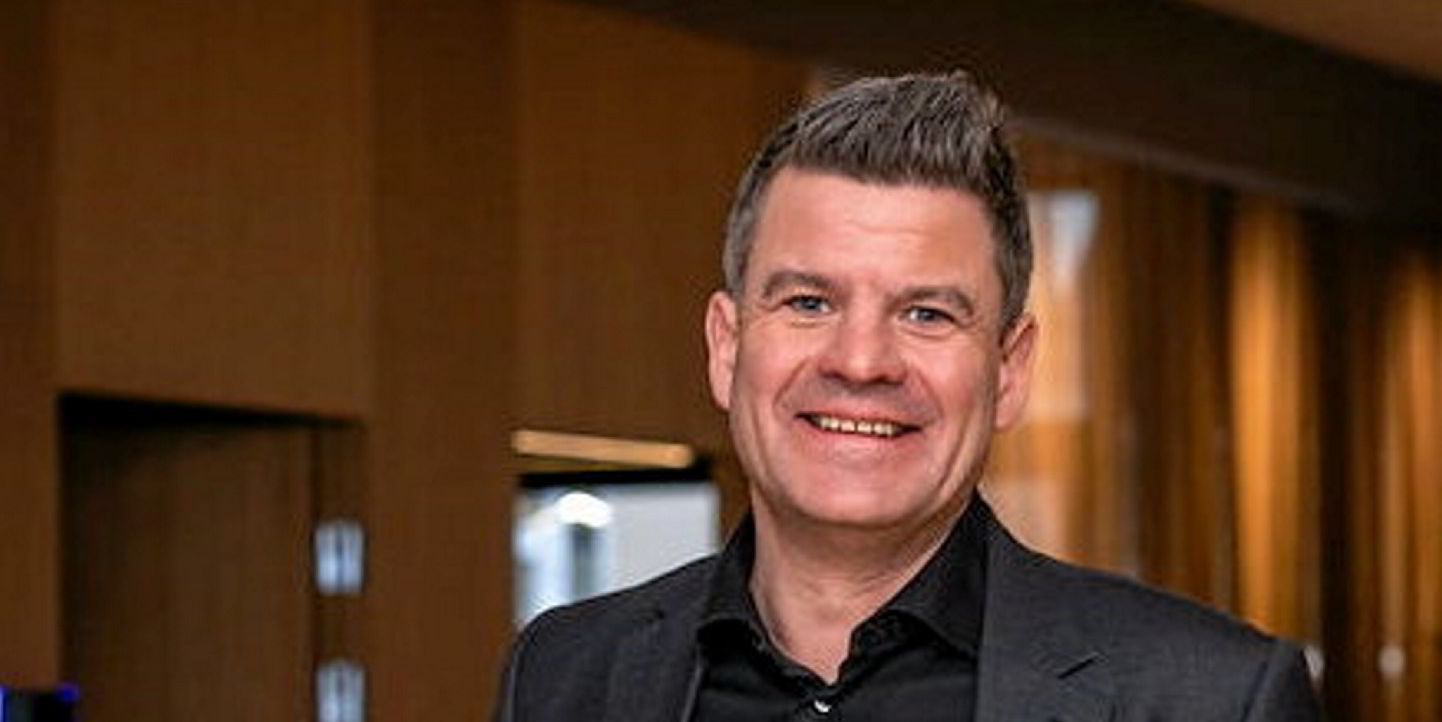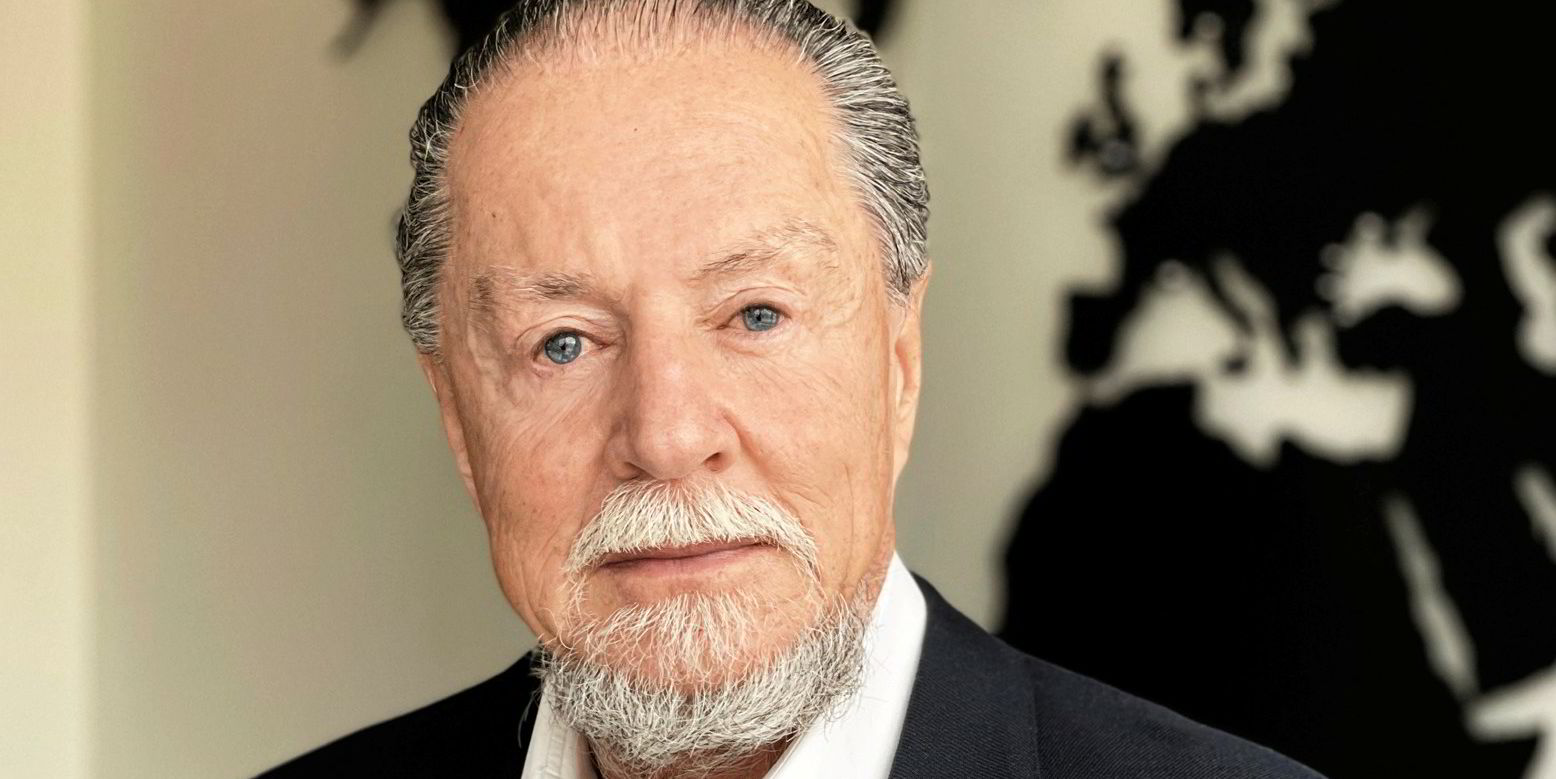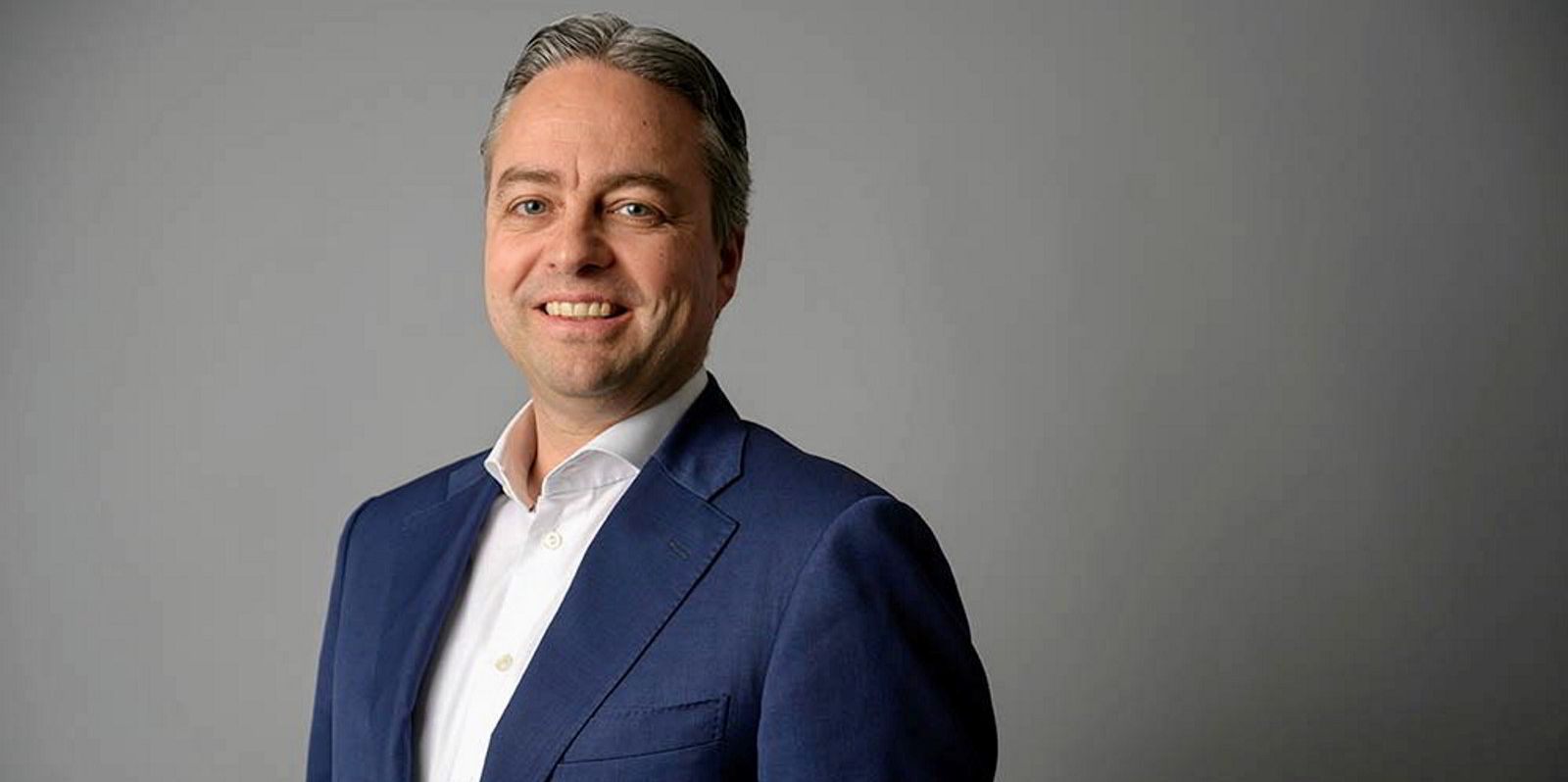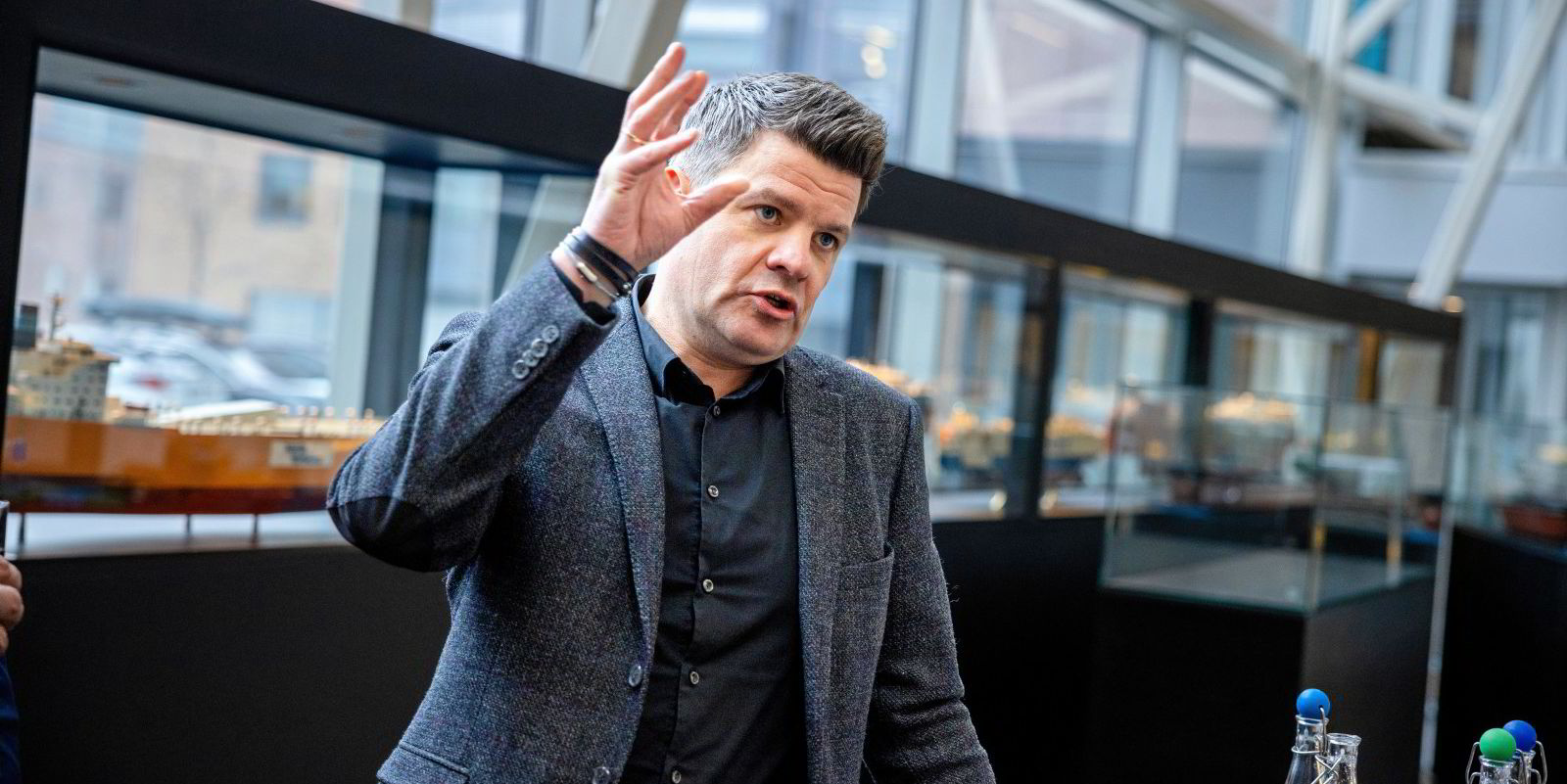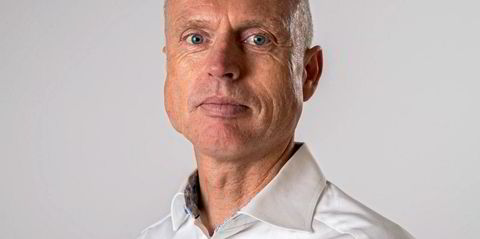It has long been an expectation in some shipping circles that cargo owners — feeling the heat from their own customers — would drive the industry’s decarbonisation efforts.
But for Wallenius Wilhelmsen chief executive Lasse Kristoffersen, things have worked the other way around, with the car carrier giant broaching the topic with automakers and heavy machinery producers.
And sometimes it feels a bit like looking for love.
“To me, this is a little bit like dating. If two people are interested, it doesn’t matter who makes the first call, right?” Kristoffersen told TradeWinds.
“Basically, you sit down and eventually figure out we share the same perspectives, values and visions.
“But I’m not complaining about the customers because when we bring this up, they’re more than happy to discuss and partner.”
Kristoffersen staked out a bold position on decarbonisation last spring, stating in an interview that he would not leave the industry until it gets to net zero even if “it takes me up to 90, I’m not giving up”.
Since then, Wallenius Wilhelmsen has made headway on using biofuels, taking on bunkers produced from cooking oils and forestry waste in Belgium and trialling them in South Korea.
It has ordered eight, 9,300-ceu dual-fuel methanol car carriers set to be ammonia-ready at delivery and intends to complete the first end-to-end net-zero emissions vehicle delivery by 2027.
The company is renewing 46% of its contracts this year and the three announced so far, totalling nearly $1.5bn, include carbon-cutting provisions. It has said customers are willing to pay an extra 10% for a 25% reduction in emissions.
Kristoffersen said he wished customers would push Wallenius Wilhelmsen harder but still lauds the progress the company and its customers have made.
“We’re happy to be a shaper. We’re happy to be the one bringing it forward. We have seen ourselves as somebody who has brought new solutions to this industry for decades, and we will continue to,” he said.
“They are open for proposals. Then we sit down and we find good solutions.”
Choose your fuel
He said the 10% and 25% figures would likely increase as time goes on but he is happy with where it is now and described it as “a good place to start”.
“It’s hard to go from zero to 100. We think this is a good start doing 25%. It’s also a practical issue around fuel availability,” Kristoffersen said.
The company is primarily using biodiesel in its present decarbonisation efforts and Kristoffersen said the market is functioning with sufficient supply.
Other solutions could be LNG derived from biomass, renewable methanol or ammonia for its newbuildings. But the latter fuels are in a much different place.
Kristoffersen said methanol would likely be more readily available in the next three to five years versus ammonia and that the key was to secure supply now so that the alternative fuel is there when the newbuildings are delivered.
“I think there are between 15 and 20 different projects that possibly can deliver us green methanol in 2027. We have not made any agreements yet, but we are actively working on it,” he said.
“It’s not possible in 2027 to show up with eight vessels and hope that there is sufficient fuel available from the market. That will not happen.”
As for staying in the industry well past retirement age, Kristoffersen spoke about feelings of “deep personal responsibility” to make sure decarbonisation happens.
“To me, it’s hard to understand how can a business leader in 2024 not take personal responsibility for doing something with climate change,” he said.
“Of course, there are many ways of doing that. We are more on the aggressive side and we’re that because we think it’s right for us. We think it’s the right thing to do. We think it’s the right thing for our customers and I think the right thing for our shareholders.”
